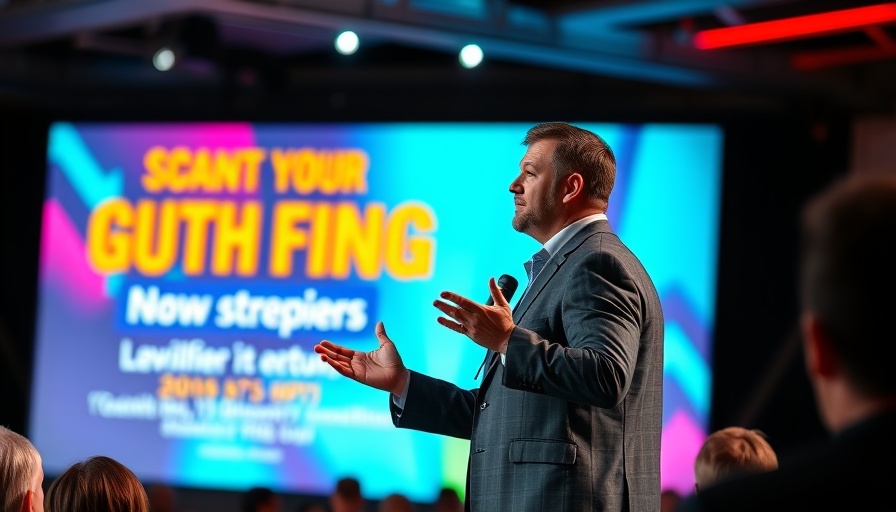
The Shift in Leadership Preferences
In a revealing new study, research indicates a significant shift in societal preferences for leadership traits. Instead of the traditional hyper-masculine image often portrayed in previous generations, there is a growing appreciation for androgynous traits, signifying a change in how people define ideal leadership. This notion challenges long-standing stereotypes associated with leadership roles, particularly in high-stakes environments such as corporate structures, politics, and social movements.
Understanding the Androgynous Advantage
But what exactly does it mean to prefer androgynous traits? Typically, androgyny refers to the combination of both masculine and feminine characteristics. This preference suggests that individuals now associate traits like empathy, adaptability, and emotional intelligence—often linked with femininity—as essential to successful leadership. Given that the landscape of global business and interaction is rapidly evolving, leaders equipped with these qualities may foster more dynamic and inclusive environments, which can consequently lead to enhanced productivity.
Historical Context: Masculinity in Leadership
Historically, leadership has been dominated by hyper-masculine traits—dominance, aggressiveness, and unwavering confidence have long been viewed as fundamental to successful leadership. According to various studies, these traits often overshadowed the importance of emotional intelligence, collaboration, and vulnerability. However, the emergence of equity, diversity, and inclusion initiatives has altered the narrative, spotlighting the need for leadership styles that reflect a greater spectrum of human experience.
The Role of Gender Stereotypes
As society gradually dismantles restrictive gender norms, the preference for androgynous leadership traits may reflect a broader societal transformation regarding gender roles. Researchers point out that this shift challenges ingrained stereotypes that dictate specific qualities men and women should possess. The acknowledgment and acceptance of diverse ways of leading not only disrupts traditional norms but also paves the way for a more multi-faceted understanding of leadership potential.
Current Events: Leadership in Turbulent Times
Amid global crises ranging from the climate emergency to economic instability, the demand for versatile leaders—those who can manage diverse teams and respond to rapid changes—has never been higher. This reality reinforces the significance of embracing androgynous traits, as organizations grapple with the complexities of the modern world. Leaders who display emotional resilience and collective engagement are more likely to inspire their teams and navigate through current challenges effectively.
Developing Androgynous Leadership Skills
For business leaders seeking to adapt to this evolving landscape, cultivating androgynous traits can be done through ongoing personal development and inclusive executive coaching. Practical steps include developing emotional intelligence through active listening techniques, empathy training, and learning to appreciate diverse perspectives. By fostering a leadership style that values both traditionally masculine and feminine traits, executives can drive innovation and build high-performing teams.
The Benefits of Embracing Diversity in Leadership
Incorporating a range of leadership styles and traits can lead to heightened organizational effectiveness. Diverse leadership teams not only reflect the demographics of their workforce but also mirror the uniqueness of their customer base. Organizations that prioritize varied approaches to leadership can expect improved decision-making processes, greater creativity, and enhanced employee satisfaction.
Reflecting on the Future of Leadership
As we move forward, embracing androgynous leadership qualities will become not only beneficial but essential. Those in executive positions must recognize the momentum toward inclusive leadership and adaptability as critical factors in their success. With a new cohort of leaders set to rise, this transformative mindset could redefine what it means to lead effectively in the 21st century.
Thus, as a forward-thinking executive, it is crucial to engage actively with these changes—be it through personal development, mentoring others, or shaping organizational culture to echo modern leadership preferences. The future lies in cultivating leaders who inspire not merely through strength but through a balance of authenticity, approachability, and resilience.
 Add Row
Add Row  Add
Add 




Write A Comment